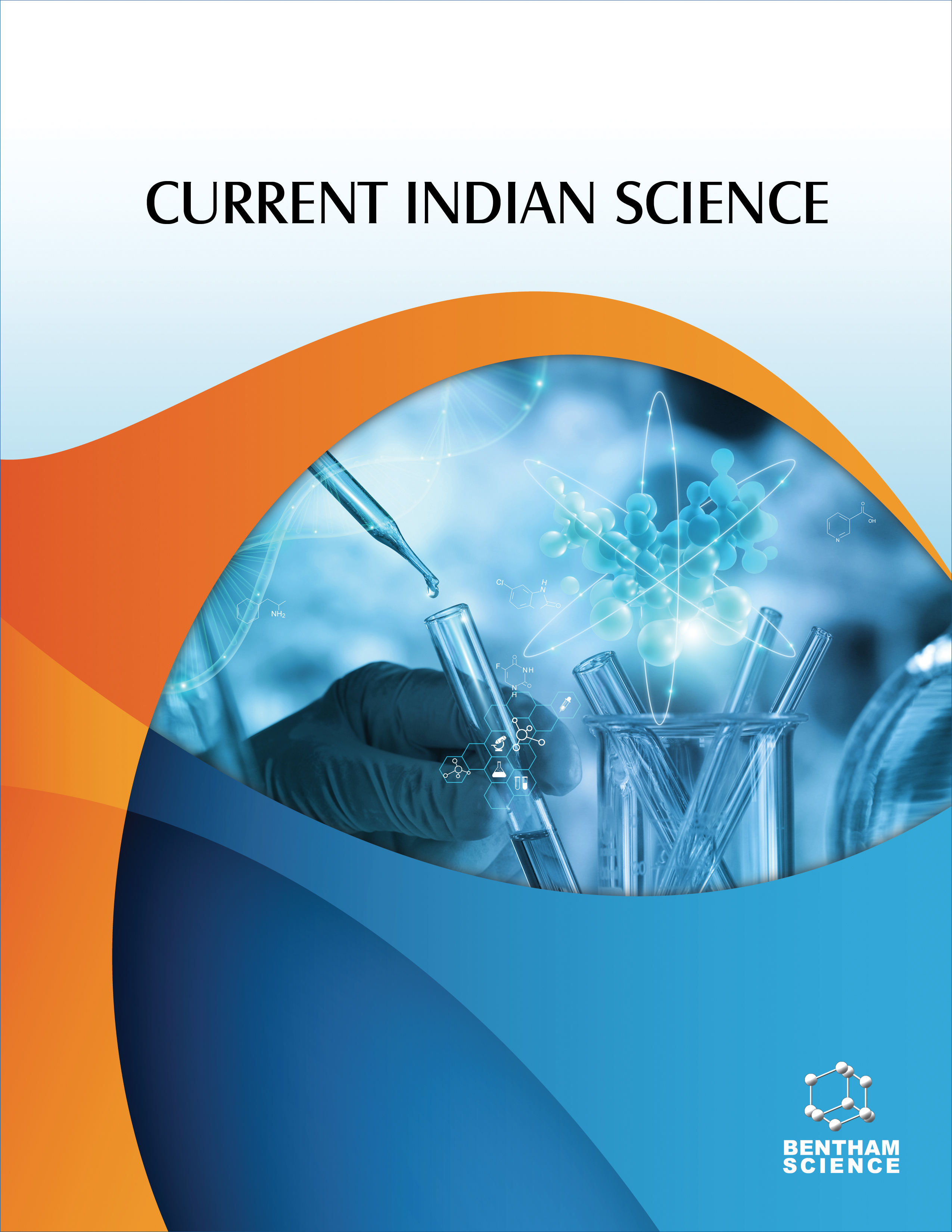-
oa Chronic Inflammatory Pain Modulating Potential of Rubiadin: In-vivo, In-vitro and In-silico Investigations
- Source: Current Indian Science, Volume 1, Issue 1, Jan 2023, e140922208819
-
- 03 Jun 2022
- 16 Aug 2022
- 01 Jan 2023
Abstract
The study model of chronic musculoskeletal inflammatory pain, Rubiadin [1,3-dihydroxy-2-methylanthracene-9,10-dione] choice of a drug, aimed to evaluate the anti-hyperalgesic effects.
To induce gastrocnemius muscle-stimulated hyperalgesia, 3% carrageenan was injected intraperitoneally.
The response to heat and mechanical stimuli was monitored for 9 days. The effect of 1st dose of rubiadin started monitoring after the 14th day of carrageenan injection and continued monitoring until the 22nd day. After the administration of rubiadin intraperitoneally, antihyperanalgesic activity was observed.
Furthermore, increasing the temperature and mechanical threshold supports histopathological observations with extreme reduction in prostaglandin E2 (PGE2) level.
The objective is to observe anti-inflammatory and anti-hyperalgesic activity of rubiadin in a pain model that is initiated via supraspinal or spinal neuronal mechanisms, predominantly by inhibition of PEG2. Rubiadin provides a wide range of activities in the treatment of chronic muscle pain and chronic muscular inflammation.


